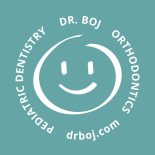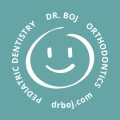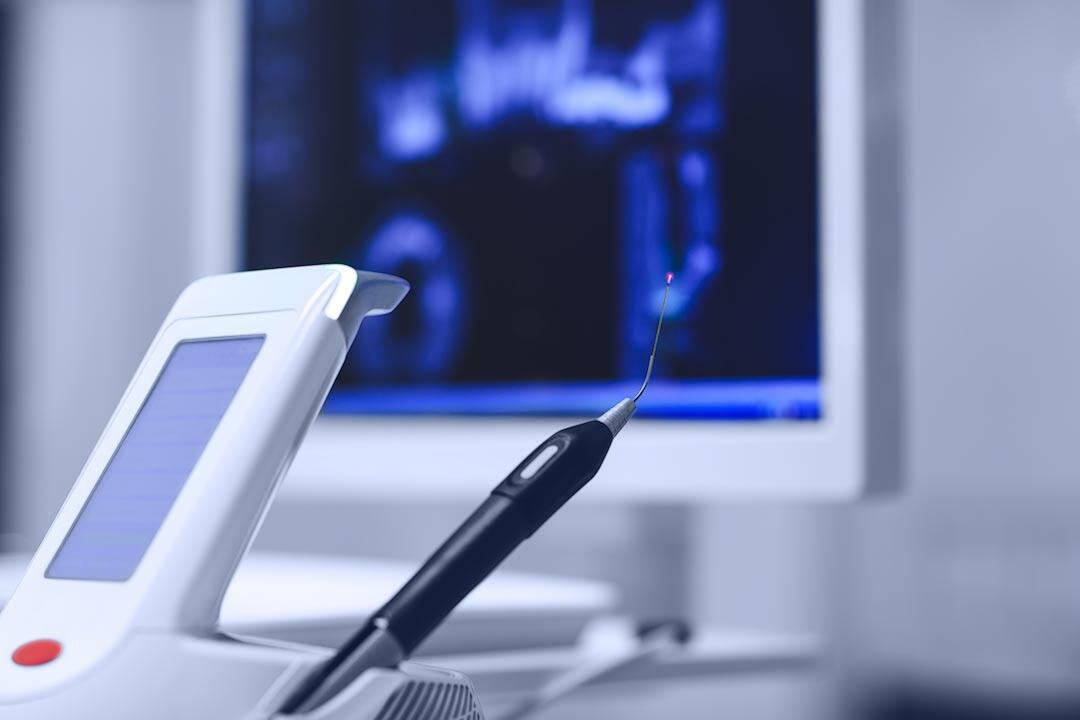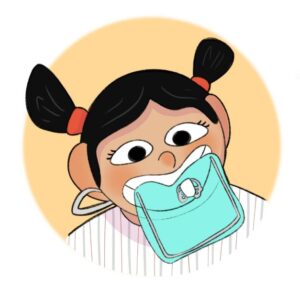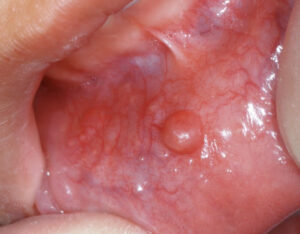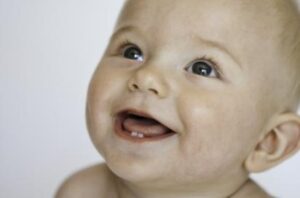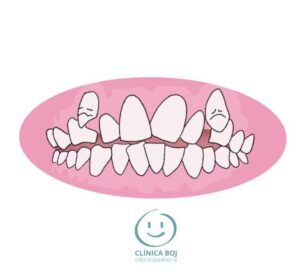Dental lasers in pediatric dentistry: advantages
Can children have laser?
Dental lasers in kids and teens have many benefits for dental treatment and surgery. In modern pediatric dentistry, dental lasers are a normal instrument in daily clinical practice.
The term laser is an acronym for light amplified by stimulated emission of radiation. Since the first laser in 1927 by Theodore Maiman, lasers have advanced to the great development of lasers today. Therefore, a laser is a stimulated light of radiation. The light amplifies.
This means that dental practices have left behind many classic methods. That is, either as a replacement for older methods or as a supplement to them.
What are the commonly used lasers in dentistry?
You can use this fiber-optic instrument in various ways. After Albert Einstein discovered line spectra, Maiman produced the first laser. Since then, laser technology has advanced in medical and non-medical fields. In the field of pediatric dentistry in particular, the great change has occurred in the last twenty-five years.
Also, it is important to distinguish two major types of laser with different laser wavelengths (longitud de onda):
High-power or surgical lasers.
On one side, they are useful when there is excessive bleeding for cuts in gum tissue damage. In summary, less anesthesia, less pain, precise and faster tissue recovery.
In this area, in dentistry we have:
a) diode laser or
b) er yttrium aluminum garnet (er yag lasers), where “er” means erbium, or
c) er cr ysgg, which is a class IV laser. These produce fast coagulation in surgical procedures when removing soft tissue (tejidos blandos).
Low power laser in dentistry or soft laser.
On the other side, the technology of soft tissue lasers for therapeutic purposes has proven to be an excellent option for lesions. They help the tissues to have balance and favor their faster recovery. In the case of children and young people, these light beams apply to both soft and hard tissues (tooth structure and bone).
What are the uses of a laser?
Some of the uses of the light beam for laser therapy in pediatric dentistry are:
– Oral surgery eliminates the need for stitches
– In orthodontics
– Treatment of mucositis
– Tooth fillings and reconstructions
– Pulp treatments after removing decay
– Trauma management
– Decrease tooth hyper sensitivity
– Trismus
– Helping in tooth whitening (blanqueamiento dental)
– Aphthous ulcers
– Gingivitis
– Cold sores
– Inflammation of the gum while teeth erupt
– TMA disorders
– Diagnostic. We also have to mention a third type of lasers: diagnostic lasers. For example, we measure dental fluorescence for early detection of caries.
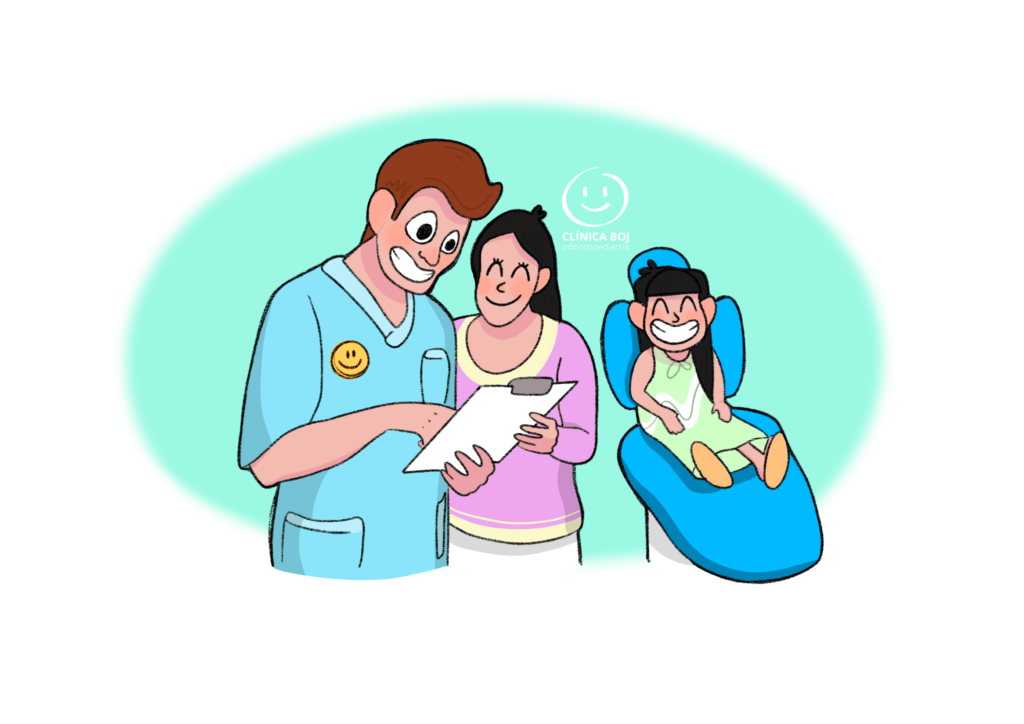
What are the advantages of laser surgery?
In the past, the medical field did not usually treat pediatric soft tissue lesions. Patient fear and lack of cooperation caused the rejection of these dental procedures. The consequence was that our children needed general anesthesia for treatment. This problem has diminished since the use of laser procedures in pediatric dentistry.
Some authors say lasers are good for both soft and hard tissue surgeries because they have advantages:
a) it is better accepted by children and their families,
b) it reduces stress and pain, generating a positive experience on patients,
As the erbium lasers do not vibrate and smell, the child or young person is comfortable and relaxed,
c) it improves and reduces post-surgery discomfort,
d) the tissues have less inflammation and
e) it accelerates recovery and healing of the treated area.
Why is laser dentistry better?
Finally, laser radiation systems are a safe tool in the hands of well-trained clinicians. Therefore, they can generate immediate favorable results.
To end, the pediatric dentist will tell parents about the different treatments they can choose for their child. In any case, the dentist will agree on the most convenient approach for the specific case.
References:
Rosales M, Torre G, Saavedra l, Márquez R, Socorro M, Pozos A, Garrocho A. Usos del láser terapéutico en Odontopediatría: Revisión y reporte de casos. ODOVTOS- Int. J. Dental Sc.2018;20:51-59
